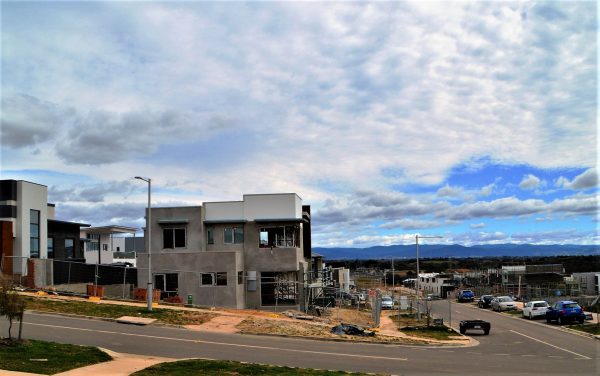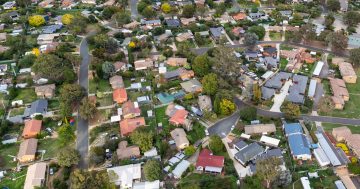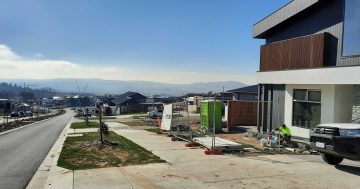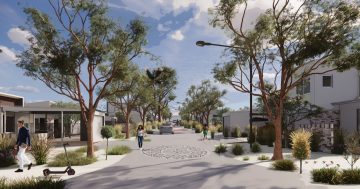
The ACT is the only state or territory where stamp duty has fallen as a proportion of home prices. Photo by Glynis Quinlan.
The ACT is the only Australian jurisdiction where stamp duty has fallen as a proportion of the median dwelling price of a home according to a national report by the Housing Industry Association released this week.
However due to the city’s high house prices, a typical Canberra home buyer will still pay $18,100 in stamp duty in real dollar terms – the fourth highest amount in Australia.
The HIA Stamp Duty Watch report also predicts that stamp duty on a median-priced home in the ACT can add around $1,100 per year to a mortgage.
HIA ACT & Southern NSW Executive Director Greg Weller said that across Australia more than $20 billion was collected in stamp duty in 2015/16 – making up 26.1 per cent of total tax revenue.
“Only two jurisdictions went against this trend between 2011/12 and 2015/16, being the ACT and NT, with the ACT falling from 20.2 per cent to 18.2 per cent [in total tax revenue],” Mr Weller said.
“However, unlike the NT the national capital achieved this with a backdrop of rising house prices.”
Mr Weller said the ACT is the only state or territory where stamp duty has fallen as a proportion of the median dwelling price, from 3.6 per cent in 1992 to 2.9 per cent in 2017.
By contrast, the typical stamp duty bill in Victoria increased from 1.9 per cent to 5.2 per cent of the median dwelling price between 1982 and 2017 while the stamp duty burden for NSW home buyers rose from 1.6 per cent to 3.8 per cent over the same period.
“The decision by the ACT Government to phase out stamp duty has been the primary factor setting us aside from other jurisdictions, as the Territory is weaned off this inefficient tax,” Mr Weller said.
“The ACT sits second only to Queensland as having the lowest stamp duty burden as a percentage of a median-priced home.”
The HIA claims that stamp duty is a central pillar of the housing affordability crisis and that state governments are increasingly reliant on rising stamp duty revenues.
“As we know, stamp duty is an inefficient tax that risks distorting economic decisions,” Mr Weller said.
“By taxing the purchase of a home, it can discourage people moving to take up job opportunities and may also mean that our housing stock is not being utilised as efficiently as it could be.
“If it was cheaper to turnover homes, then more of the community could be in the dwelling that suits their needs,” he said.
“For governments, it is not a very stable or predictable means of collecting tax, as it is subject to the fluctuations of the housing market.”
Stamp Duty Watch examines the latest developments in stamp duty on home purchases in each of the states and territories.
Do you think the ACT Government’s decision to phase out stamp duty is a good idea or do you think it will place too much of a burden on ratepayers? Let us know your thoughts in the comments below.





















